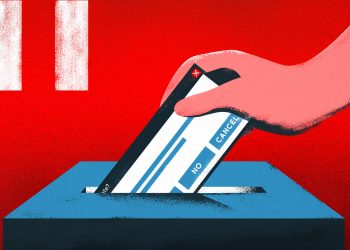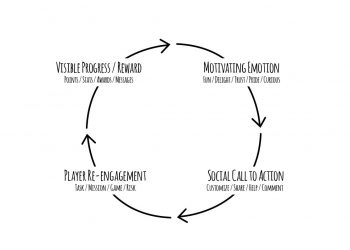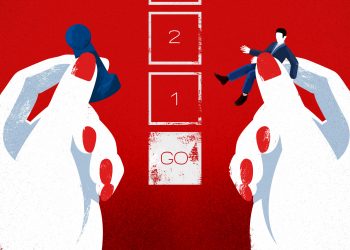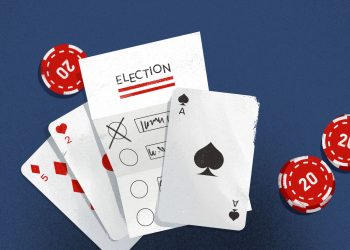GAMIFICATION OF ELECTIONS – PART 7
In this final article I will circle back to the original question: What to do about declining voter turnout. How to reinvigorate the interest in voting – especially for a new generation, trained on instant gratification and stuck in constant feedback loops. Working on this from the angle of a game designer won’t deliver a cure-all solution. It probably won’t even make a dent in the graphs. But the general idea is a powerful one, and if just a handful of people can be attracted to politics, into electoral studies or more generally in the process of democracy, then the effort should be worth it.








